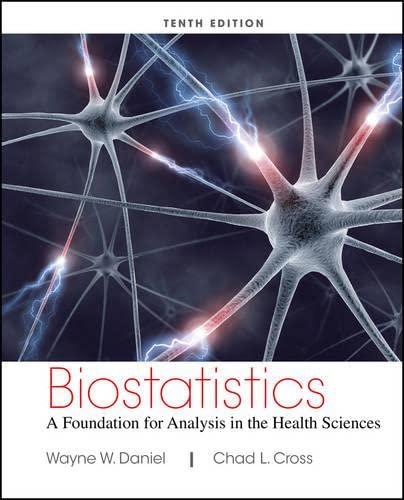In an article entitled Bucket-Handle Meniscal Tears of the Knee: Sensitivity and Specificity of MRI signs, Dorsay
Question:
In an article entitled “Bucket-Handle Meniscal Tears of the Knee: Sensitivity and Specificity of MRI signs,” Dorsay and Helms (A-6) performed a retrospective study of 71 knees scanned by MRI. One of the indicators they examined was the absence of the “bow-tie sign” in the MRI as evidence of a bucket-handle or “bucket-handle type” tear of the meniscus. In the study, surgery confirmed that 43 of the 71 cases were bucket-handle tears. The cases may be cross-classified by “bow-tie sign” status and surgical results as follows:
Tear Surgically Confirmed (D)
Tear Surgically Confirmed As Not Present ð Þ D Total Positive Test
(absent bow-tie sign) (T)
38 10 48 Negative Test
(bow-tie sign present) ð Þ T 5 18 23 Total 43 28 71 Source: Theodore A. Dorsay and Clyde A. Helms, “Bucket-handle Meniscal Tears of the Knee: Sensitivity and Specificity of MRI Signs,” Skeletal Radiology, 32 (2003), 266–272.
(a) What is the sensitivity of testing to see if the absent bow tie sign indicates a meniscal tear?
(b) What is the specificity of testing to see if the absent bow tie sign indicates a meniscal tear?
(c) What additional information would you need to determine the predictive value of the test?
Step by Step Answer:

Biostatistics A Foundation For Analysis In The Health Sciences
ISBN: 9781118302798
10th Edition
Authors: Wayne W. Daniel, Chad L. Cross






